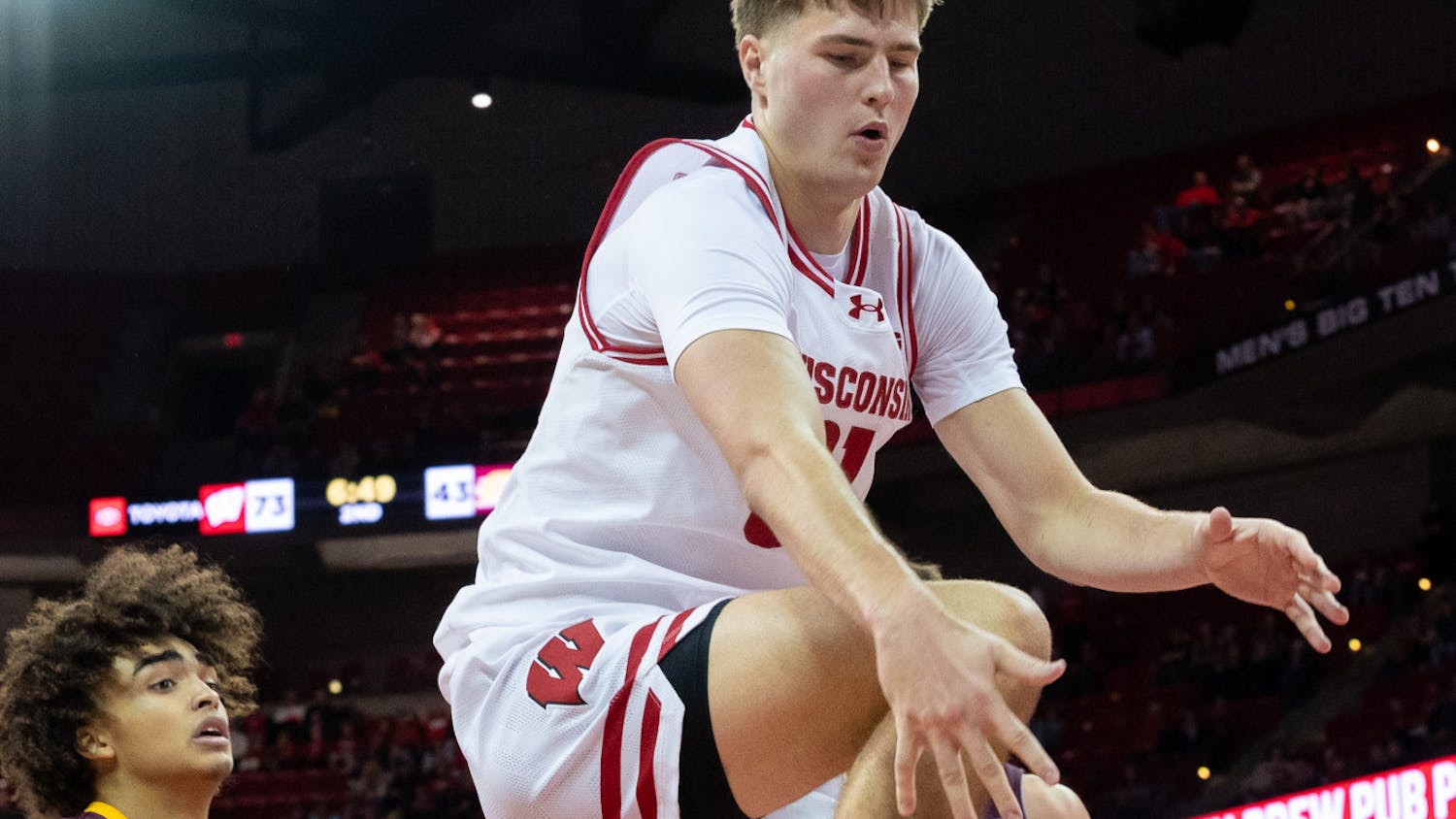The University of Wisconsin-Madison has had a storied history ever since its founding in 1848, yet as students walk the paths of campus each day, how many know the truly haunted history of some of campus’ most iconic locations?
In honor of Halloween, The Daily Cardinal invites you on a tour of just a few of campus’ most haunted locations.
Bascom Hall
Looking upon Bascom Hall, arguably the most distinguishable part of the UW-Madison’scampus, students may not realize that within the creaky wooden halls lies a history of death.
Bascom Hall was first constructed in 1851, marking a historic turning point in the history of the university. But long before land first broke on the iconic building, Bascom Hill was home to a Native American burial mound.
The effigy mound was said to be conical in shape, yet no photos of the mound exist today, its history being paved over for the construction of the campus icon.
Once upon a time, the statue of Abraham Lincoln that adorns Bascom Hill was also in a different location. Yet in 1918, when university officials elected to move the statue further down the hill, they were met with quite the surprise.
Buried deep beneath the statue, workers uncovered the bodies of two men.
Buried in what was once believed to be wooden caskets, the long rotted away coffins exposed their bodies to the world, only for the workers to entomb them once again.
To this very day, if you walk up the left steps past the statue of Abraham Lincoln, at the top of the steps, just beyond the bushes, you too will be able to see the graves of William Nelson and Samuel Warren.
Their small, unnoticed plaques marking the place of their burial, unchanged after nearly a century and a half.
The Capitol
On Nov. 8, 1883, the south wing of Wisconsin’s Capitol building collapsed, killing six and injuring over 20. Famous American architect Frank Lloyd Wright bore witness to the incident, recalling how “whitened by lime dust as sculpture is white, men with bloody faces came plunging wildly out of the basement entrance blindly striking out about their heads with their arms,” some falling dead mere moments later.
“One workman, lime-whitened too, hung head-downward from a fifth story window, pinned to the sill by an iron beam on a crushed foot, moaning the whole time. A ghastly red stream ran from him down the stone wall,” Wright recalled.
“To this day, there are reports of people hearing doors slamming, footsteps and screams that shouldn’t be there,” Kjersti Beth, tour guide for Mad City Ghost Walks, told The Daily Cardinal.
Memorial Union
On Mar. 12, 1950, the Minneapolis Symphony Orchestra was performing at the memorial union theater, “when all of a sudden, the timpanist — standing over his drums — suddenly collapsed and fell to the floor. Dead. Only to be dragged off by a pair of unseen hands,” Beth told the Cardinal.
As the performance concluded, there was no applause, and the curtains to the stage were simply drawn shut.
“To this day, Memorial Union has a little, white apparition that walks around the theater, only to vanish,” said Beth.
Vernon Owen Anderson, witness to the incident in 1950, told Badger Insider Magazine in 2001, in honor of the deceased drummer, the Union Theater kept what he referred to as a “ghost light” on at all times backstage.
Medical Sciences
Long before UW-Madison’s Medical Sciences building became what it is today, it used to serve as Madison’s general hospital, caring for and overseeing the deaths of thousands of patients every year.
Now, though, not much of the building’s storied history remains.
Brooke Manteufel, a sophomore at UW-Madison, told the Cardinal the building is “a maze” filled with stairways that lead nowhere, uneven, rickety floors and overgrown “creepy” courtyards.
She recalled a night when her principal investigator (PI), was unknowingly trapped in the basement of the building, the door swinging shut on him “right before his very eyes.”
Without cell service or a key, the PI was stuck down there “for hours,” wandering the halls of the dingy basement. Trapped, in the very building he called his office.






